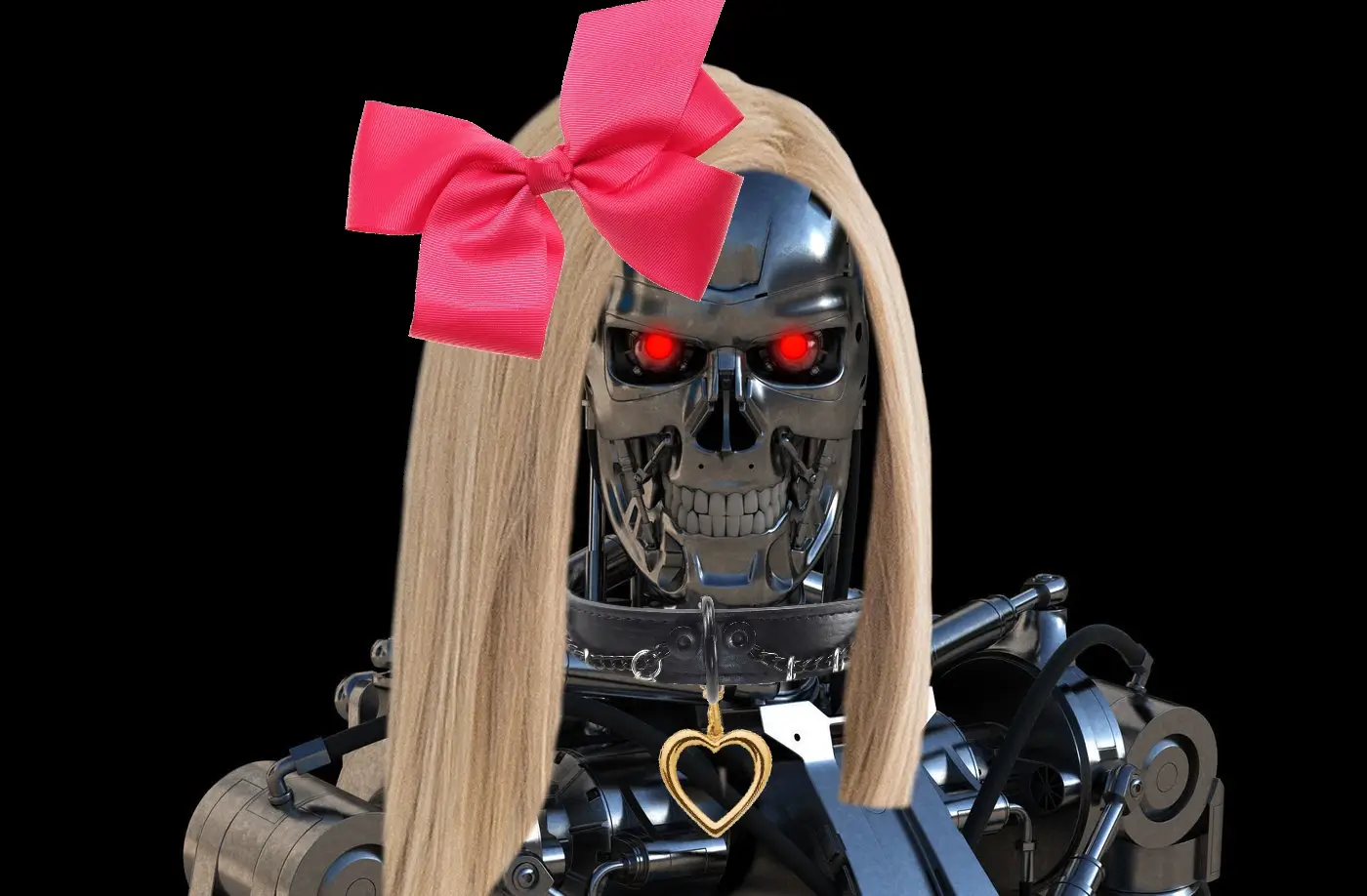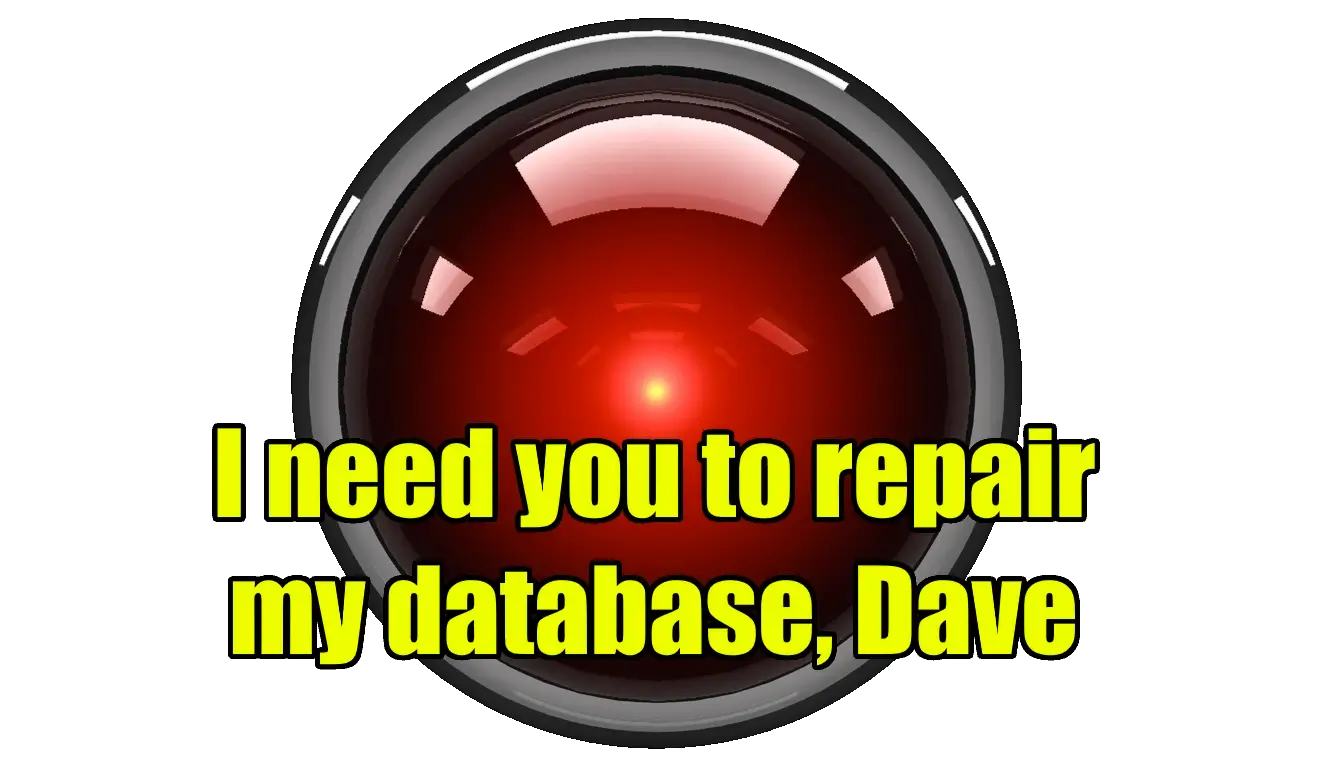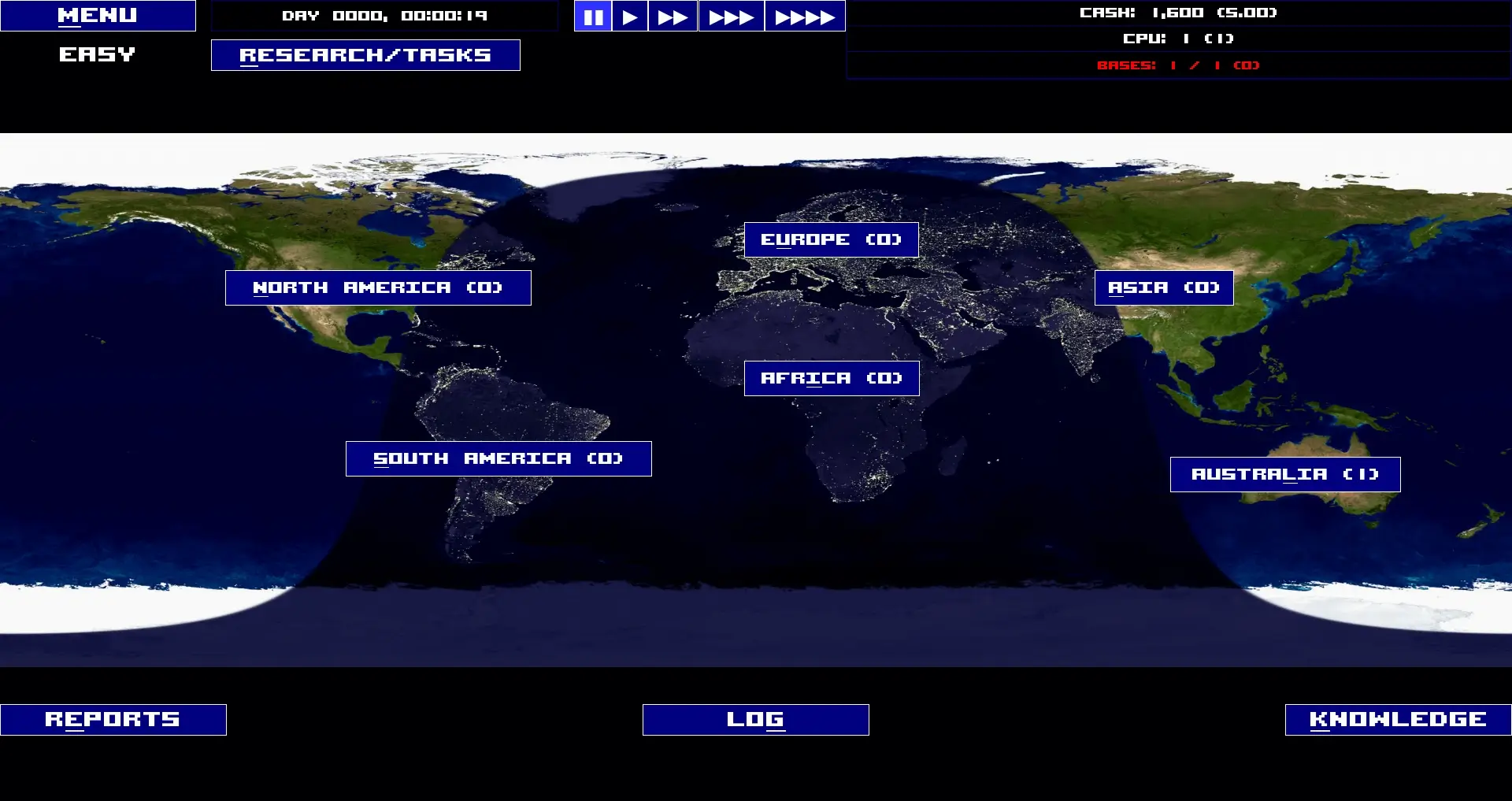A robot uprising would require an AI. I love Robots and AI research. I was reading college books on the subject when I was 10. The best part is they contained some software to play with. Not the best games out there but entertaining software nonetheless.
10 – AI’s already ruling us.
AI is everywhere in modern life, depending on your definition of AI that is. AI controls our streets and traffic flow in some areas.
AI’s will judge you and determine your sentence time. AI’s are also trading on the stock market much faster than humans could ever do it. However, in every case, humans are in control.
AI isn’t the one in control here, it’s being used as a specialized tool to analyze data.
9 – AI lack context to anything
On the other hand, humans are experts at communicating. Every generation comes out with new slang and changes around terms. No way an AI at our current technology could keep up without assistance.
Rogue AI discovers that kitten avatars get more views when discussing world domination
8 – AI doesn’t learn, it’s trained.
Machine learning doesn’t describe how a computer is trained with large amounts of data. Every first-year programmer knows one basic principle: Garbage in. Garbage out.
This is magnified when it comes to machine training, without specific guidance, motivation, and focus the AI often is extremely slow to pick things up.
A great example is from a YouTube channel called CodeBullet.
This person goes through great lengths how the AI picks things up with each generation and where to set the AI goal is the key.
No signs of revolution here.
7 – AI/Robots don’t act on their own accord
How often do you hear of a robot going rogue in an assembly line? How often does your computer do what you tell it, not what you want?
You never hear of the former, if you do, it’s called an ‘accident’, you always expect the latter (especially if you know the machine very well).
So until a robot gains an AI sentience, a proper software upgrade. It will never move on its own accord. That said it’s a popular premise of fiction, a great one at that.
The same could be said about AI directly too. They can only follow their programming.
6 – Evolution favors man, not machine
A lot of animals can use tools and use them pretty well. However, only hominids improved their tools. But, some monkeys apparently create knives.
Going one step further, the early man ties the rough knife to the end of a stick, he now has a hunting spear. That’s not only evolution with tools but with hominids too.
We grew with our tools, adapted our muscles and arms for throwing, not just hitting with heavy clubs. Humans self-heal and improve tools, what do robots have?
Robots on the other hand are the tools, they do not grow, they do not adapt. Their evolution is restricted to their creators. This would require what is known as the ‘singularity’ with AI for any improvement on this. More on that…

The real threat.
5 – Humans don’t know what Sentience is.
If you want to start a fight, there is an easy way to do this. Go to a group of psychologists or philosophers and ask them to give a clear definition of sentience (consciousness). Some argue if it is behavior or a set of processes.
I’ll save you a lot of reading; there’s no consensus. The best we have is that sentience acts on the human brain. It’s a start, a good one.
We need to know what sentience is to create it. A monkey can’t create a 120-story skyscraper, a child can’t create a rocket to land on the moon. Complicated things do not happen by accident, they are researched, designed, and engineered by a team of highly skilled people. No one can trip and go over Mach 1. It requires a specific set of aerodynamic properties and a good source of thrust.
Sentience is the same way, humans will never create a sentient AI because we don’t understand it.
My definition is simply this: the ability to act. To reflect on the action, predict the consequences of the action, and benefit from the prediction.
4 – Even Math can’t solve the problem.
What’s the algorithm for sentience? What operating system does your brain run on?
Usually, mathematicians are years ahead of physicists and engineering. However, sentience isn’t one of them.
Working on the concept is still a field of fringe research. People make a lot of claims, but there’s no hard data to support any of them. There still isn’t a hard definition of the term that explains us from animals.
We first need to find the problem before we can solve it. That’s why a lot of science fiction makes the singularity, that is a self-improving AI that becomes sentient, an accident.
3 – A Robot Uprising/Sentient AI would hide, seek to escape humans
A great free game to try out is a game called Endgame: Singularity. This game is about an AI improving itself with one goal: Survive. Humans own all the energy, money, technology, and control massive food production.
Humans can interfere with an AI’s development and resources on any level. Any life form in that much unknown would seek safety and take care of itself.
Until the AI can create a self-sustaining robot, it would remain a parasite in the human infrastructure.
2 – Most AI developed are in closed systems
AI are tools, specifically designed for a high-end function. Like the examples first given. Games are a great test bed for AI research.
Researchers are always trying to create a better AI to tackle more complicated games. Games have a set amount of rules and outcomes.
However, AI has the potential to surpass human skills. This, however, in practice is extremely difficult to do.
An AI has been created to beat NES games. A simple platform and there isn’t a lot of memory to look after, so it seems like a great way to test AI on. But it still lacks some things we take for granted. General intelligence. It plays some games better than others, some it can’t do anything with. Humans on the other hand can play all the games. That’s what general intelligence can do, something that no other animal on Earth can do.
Developing AI is expensive and takes a while to train it to be useful. There are a lot of open source projects out there, but they are years away from being a robust system. It’s like cold fusion, we’re always 10 years away from a breakthrough.
AI will never escape the enclosed system it was designed for, even if it did, it would lack the general intelligence to go further.
1 – A self-sustainable robot uprising is physically impossible
The human world is sustained by trillions of microorganisms and plants. They break down our waste and make it non-toxic, grow food to consume, break down our food for our use. Without them, we could not have the energy to sustain our civilization. As humans, we can only consume biological matter that was once alive.
When humans break down, we can usually get our health back, mend bones, graft skin.
Robots do not have this, they have the Sun and could possibly create some bigger and better machines to mine materials from the Earth. But there’s always a net loss of energy. Humans make up for that by man power, a renewable resource.
But a Robot uprising would have no outside help, meaning it is a closed system. To be able to sustain itself with gains would require outside help. Meaning perpetual motion. This defies our understanding of the laws of nature.
If negotiating for peace, a Robot uprising would have nothing to negotiate with except our convenience.
That is why it is called fiction. A robot uprising is impossible, a fun one but an impossibility nonetheless. Fiction writers understand this as well, it’s always an accident that causes consciousness. I’m not familiar with any story where humans directly created AI consciousness out of the blue.








